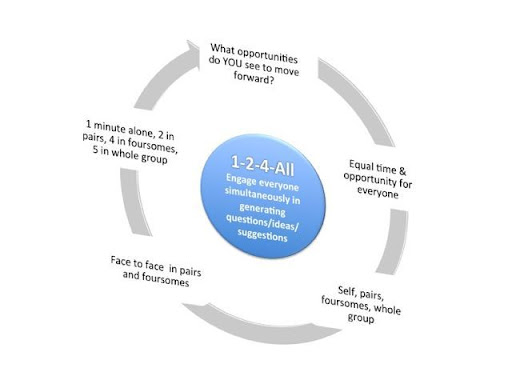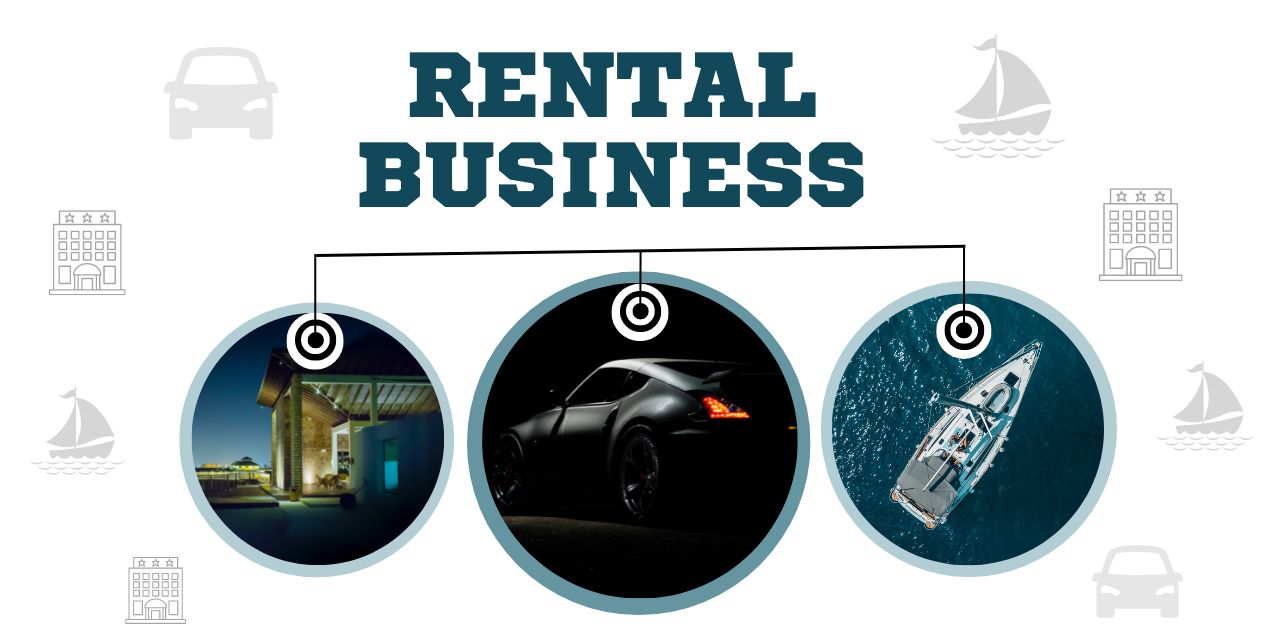We all try to improve. We strive to deliver more with higher quality and less effort while, ideally, having fun in the meantime.
However, we put too much focus on the bigger-picture stuff, such as:
- How workflows are organized
- How sprints are designed
- How teams are structured
As a result, we tend to neglect the smaller-picture stuff — especially our daily human-to-human interactions. Paradoxically, this is where the biggest wins lie.
Table of contents
Macrostructures and microstructures
Every team, department, and organization is built on two types of structures that shape them: macrostructures and microstructures.
Macrostructures, as the name suggests, are about the big stuff. It includes your work cadence, organizational structure, and team processes. These have a broad impact but are also much harder to change.
Microstructures are these small, almost unnoticeable parts of our daily routines: the way meetings are organized, how we talk or report to each other, how ideas are presented, and how problems are solved.
People tend to over-focus on macro structures while ignoring microstructures. We focus more on whether our systems and processes are efficient rather than whether our ideation sessions and problem-solving approaches are practical.
Whereas macrostructures are often at the center of attention, microstructures are often neglected and become a fixed routine.
The problem with common microstructures
Most companies are driven by five types of microstructures:
- Open discussions
- Moderated discussions
- Brainstormings
- Status reports
- Presentations
If you look at how your company operates, how meetings are held, and how people interact with each other, you will likely notice that eighty 80–90 percent of the things you do fit these five structures.
Sadly, these microstructures are far from optimal, and they won’t help bring the most out of people’s creativity and time invested.
- Open discussions tend to provide too few constraints, thus becoming unproductive and letting a few people dominate the conversation
- Moderated discussions give too much power to the moderator’s hand which limits the collective creativity and freedom of the group
- Brainstormings, in most cases, tend to engage only a few people and favor the most talkative people over the best ideas
- Status reports are, in essence, a series of presentations
- Presentations are neither inclusive nor engaging; they are just a one-way communication stream
When you look at it this way, these structures are among the most unproductive things a team could do. Yet, they often build most of our team interactions.
Liberating Structures to the rescue
Now that you understand the importance of microstructures and the challenges with the most common structures we use, let’s head to the main question.
How can we embrace microstructures that move us forward?
The simple answer is to look beyond the already-mentioned five. Workshops can be much more productive with a mixture of open and moderated discussion, and there are different ideas to gather.
One of the ways to look beyond the status quo is to adopt Liberating Structures.
What are Liberating Structures?
Liberating Structures is a library of 33 microstructures designed to combat the downsides of the most common structures by including everyone in producing results within a short amount of time.
10 principles of liberating structures
Liberating structures are based on 10 core principles. These principles will give you a glimpse of what to expect from these microstructures:
- Include and unleash everyone — Invite everyone touched by the challenge, not a small designated team, to come up with an “elegant solution”
- Practice deep respect for people and local solutions — Avoiding best practices and focusing on local context is key
- Never start without a clear purpose — Each structure helps you achieve a specific purpose
- Build trust as you go — Cultivating a trusting group climate when speaking the truth is valued is key
- Learn by failing forward — Debrief, inspect, and adapt on the go
- Practice self-discovery within a group — Engage groups to maximize solution discovery within the group, not outside it
- Amplify freedom and responsibility — Limit the number of constraints to the bare minimum and track progress rigorously
- Emphasize possibilities: believe before you see — Aim big, and don’t seek challenges. Seek clear steps towards the goal
- Invite creative destruction to make space for innovation — Remove barriers even if they seem like heresy
- Engage in seriously playful curiosity — Spark the conversation up with paradoxical questions and improv to boost creativity
OK, enough theory. Although I could go deeper into five structural elements, I think too much theory is wasteful at best. However, if you’d like to explore the nitty gritty on your own, I encourage you to read The Surprising Power of Liberating Structures: Simple Rules to Unleash A Culture of Innovation.
Example: 1-2-4-all
Let’s look at 1-2-4-all as an example of liberating structures. It’s designed as an alternative to brainstorming and open discussions, and its primary objective is to engage the whole group equally in ideating a solution or identifying a challenge.
1-2-4-all is one of the most commonly used microstructures and often a basis for other, more complex microstructures.
How it works
You need a group of 4–8 (although different variations exist) and a prompt question.
Examples of prompts include:
- What’s the biggest challenge we should focus on?
- How can we solve problem X?
- What’s the most impactful improvement we should implement in the next sprint?
Then you go through four phases of ideation:
- Give everyone some space to think about the solution alone
- Build pairs, and let them discuss their solutions together. They can combine them and build on top of them
- (if you have 8 people) Combine pairs in groups of four and let them discuss their ideas
- Gather the whole group and ask them, “What is one idea that stood out in your conversation?”
Then, repeat the cycle if needed:
The whole cycle should last roughly 15 minutes. If you don’t have 4–8 people, you can use some deviation, such as one part of the group doing 1-3-6-all, etc.
Why it works
Now let’s take a look at what’s so special about 1-2-4-all compared to most common microstructures. This structure helps you to:
- Engage everyone within a short amount of time
- Limit the impact of the “loudest people in the room” which also leads to more diverse outputs
- Create a safe space because it’s easier for some people to share their thoughts during one to one interactions or in a small group than in front of everyone
- Energize the whole group by requiring everyone to actively participate
- Enable people to build on top of each others’ ideas
If you compare it to a 15-minute long brainstorm/open discussion, how do you think it would stack up?
Incomplete on purpose
After reading how 1-2-4-all works, you might notice that something is lacking: there are no debriefing next steps or any other form of closure. That’s on purpose.
Most of the liberating structures are designed in a way to complement each other. You could:
- Use W³ Debrief to wrap up the 1-2-4-all session and plan the next steps
- Use design storyboards, improv prototyping, or ecocycle planning to capture and process ideas more deeply
Keep in mind that one cycle of 1-2-4-all lasts only 15 minutes. While each liberating structure can act as a standalone exercise, you often need to combine a few of them together to get a truly engaging and productive workshop.
Wrap up
Microstructures fuel our daily interactions. They define how teams work, and what results they produce. Yet they often become neglected, fixed routines.
The best teams I’ve worked with understood the importance of microstructures and consciously inspected and adapted them regularly.
One of the ways to ramp up your microstructures is to embrace liberating structures. It’s a set of microstructures designed to be inclusive, engaging, joyful, and productive.
There are, of course, other microstructures. I’m trying to encourage you to start embracing different microstructures than the typical five, and liberating structures just serve as an example.
Featured image source: IconScout
The post What are Liberating Structures? Introduction and examples appeared first on LogRocket Blog.
from LogRocket Blog https://ift.tt/1tm2afF
Gain $200 in a week
via Read more
Source link







Leave a Reply